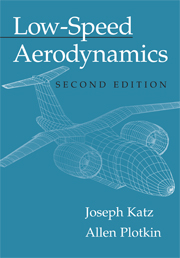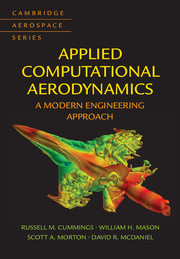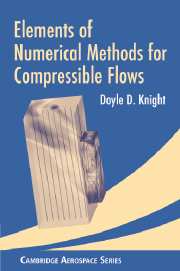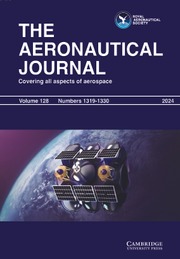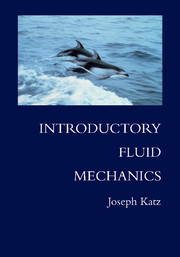Low-Speed Aerodynamics
Low-speed aerodynamics is important in the design and operation of aircraft flying at low Mach number, and ground and marine vehicles. This 2001 book offers a modern treatment of the subject, both the theory of inviscid, incompressible, and irrotational aerodynamics and the computational techniques now available to solve complex problems. A unique feature of the text is that the computational approach (from a single vortex element to a three-dimensional panel formulation) is interwoven throughout. Thus, the reader can learn about classical methods of the past, while also learning how to use numerical methods to solve real-world aerodynamic problems. This second edition has a new chapter on the laminar boundary layer (emphasis on the viscous-inviscid coupling), the latest versions of computational techniques, and additional coverage of interaction problems. It includes a systematic treatment of two-dimensional panel methods and a detailed presentation of computational techniques for three-dimensional and unsteady flows. With extensive illustrations and examples, this book will be useful for senior and beginning graduate-level courses, as well as a helpful reference tool for practising engineers.
- Thoroughly updated new edition, including a new chapter on the laminar boundary layer, the latest versions of computational techniques, and additional coverage of interaction problems
- Takes a unique computational approach which is interwoven throughout
- Includes a wealth of illustrations and examples
Reviews & endorsements
'This is a thoroughly modern and up-to-date high level academic textbook on theoretical low-speed aerodynamics, aimed at the advanced undergraduate or Masters level … Highly recommended.' Dr J. F. Henderson, Aeronautical Journal
'A superb, helpful reference.' Current Engineering Practice
'… a significant contribution to the aerodynamic literature. Several of my students have been able to begin their research careers in aerodynamics by reading and digesting this book. It is certainly a significant contribution to modern aerodynamic theory and numerical computation of aerodynamics flows over both simple 2-D and complex 3-D shapes.' Journal of Fluids Engineering
Product details
March 2001Paperback
9780521665520
630 pages
253 × 181 × 33 mm
1.1kg
398 b/w illus. 3 tables
Available
Table of Contents
- 1. Introduction and background
- 2. Fundamentals of inviscid, incompressible flow
- 3. General solution of the incompressible, potential flow equations
- 4. Small disturbance flow over three-dimensional wings: formulation of the problem
- 5. Small disturbance flow over two-dimensional airfoils
- 6. Exact solutions with complex variables
- 7. Perturbation methods
- 8. Three-dimensional small disturbance solutions
- 9. Numerical (panel) methods
- 10. Singularity elements and influence coefficients
- 11. Two-dimensional numerical solutions
- 12. Three-dimensional numerical solutions
- 13. Unsteady aerodynamics
- 14. The laminar boundary layer
- 15. Enhancement of the potential flow model
- Appendices.

